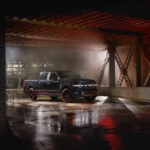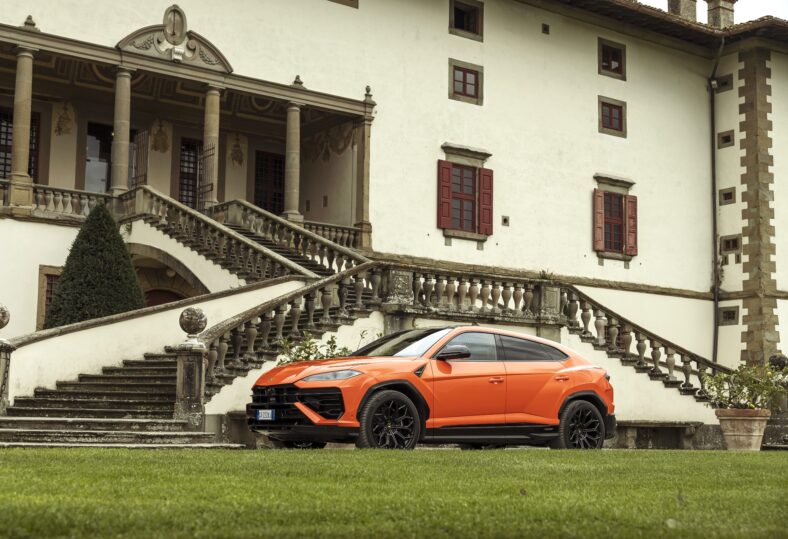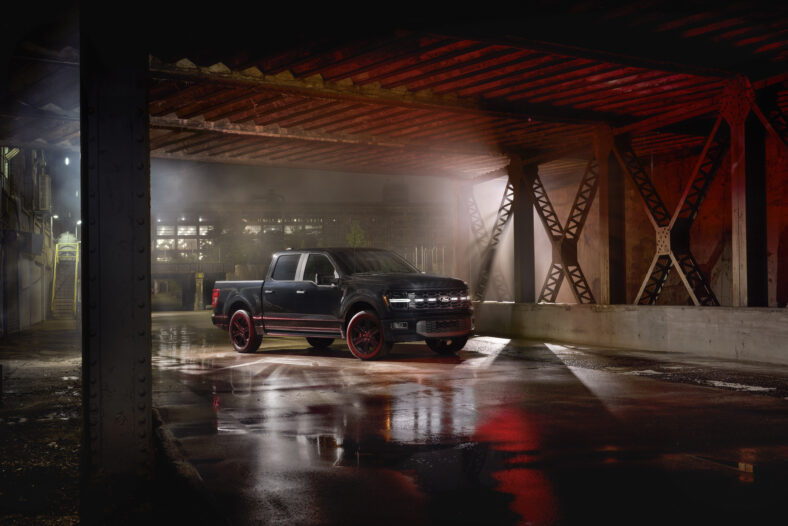
With their latest super-SUV, the $263,000 Urus SE, Lamborghini has proved itself to be the master of mating power and performance with hybrid technology—without the usual compromises that entails. The iconic Italian marque invented the super-SUV category when it debuted the Urus in 2012, and in the years since it has grown to become their bestselling model; the company now makes around 30 of them per day, almost entirely by hand, at their storied Sant’Agata Bolognese factory in Emilia-Romagna.
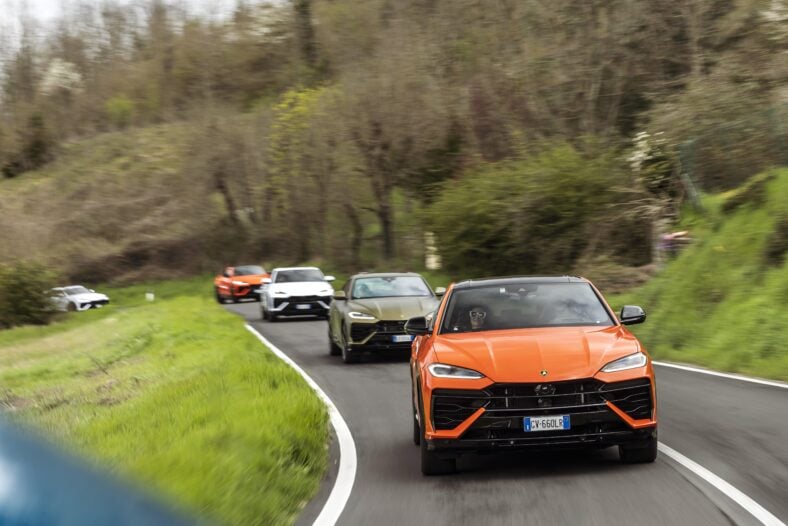
The Urus SE, the model’s first PHEV iteration, packs a Herculean 789 horsepower—the same output as a LaFerrari hypercar—and can traverse any terrain you care to throw under the 23” wheels. Yes, most of them will never see anything much more challenging than the streets of South Beach, but come the apocalypse it’s good to know you can survive it in style. Powering the aggressively-styled devil is a twin-turbocharged 4.0-liter V8 engine mated to a 189-horsepower electric motor.
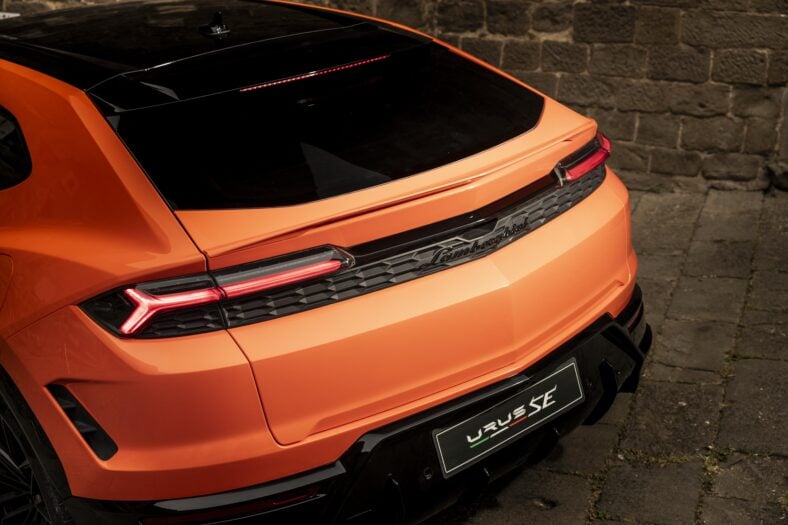
The Urus SE joins the likes of the Temerario and Revuelto supercars in the marque’s curated lineup, and at a recent briefing to launch the new Urus in Sant’Agata, Lamborghini President Stephan Winkelmann revealed that there now has a year-plus waiting list to purchase any new raging bull. That’s an impressive landmark for a brand that was once struggling to stay in the black, before it was acquired by the Volkswagen Group in 1998, whose significant investment has paid off in spades.
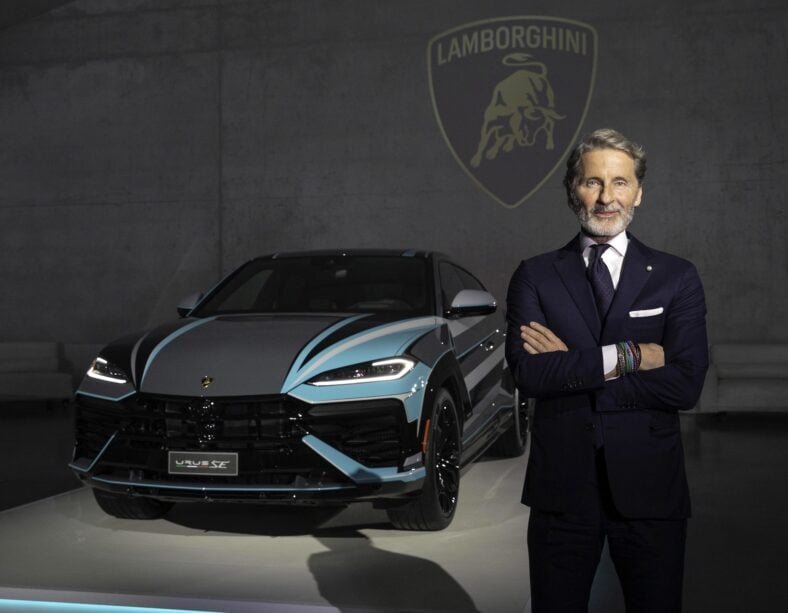
“Last year we delivered a record 10,687 cars to customers,” Winkelmann said at the briefing. “But it’s very important to underline here that we are always looking at having a controlled growth, not running for the summits because we have [at least] one-and-a-half years of order bank. And this is also very good to protect the residual values of the cars.” To be more concise, the Lamborghini Reveulto hybrid supercar has close to a two-year waiting list, while the wait for an Urus SE is well over a year.
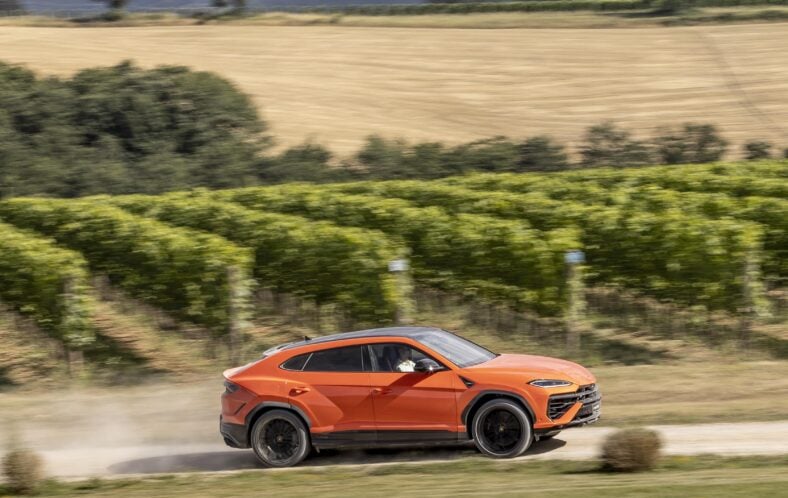
“Exclusivity is key for the success also of tomorrow,” Winkelmann says. “And because we are not selling [just] mobility, we are selling dreams, now this is what it’s all about. Then there is the profit of the last year. So as I said, 10,687 cars delivered for the first time. We exceeded €3 billion of revenue [about $3.5 billion], and we had an operating profit of €835 million [about $950 million]. So this is an all time record, but this also reflects the value of the brand.”
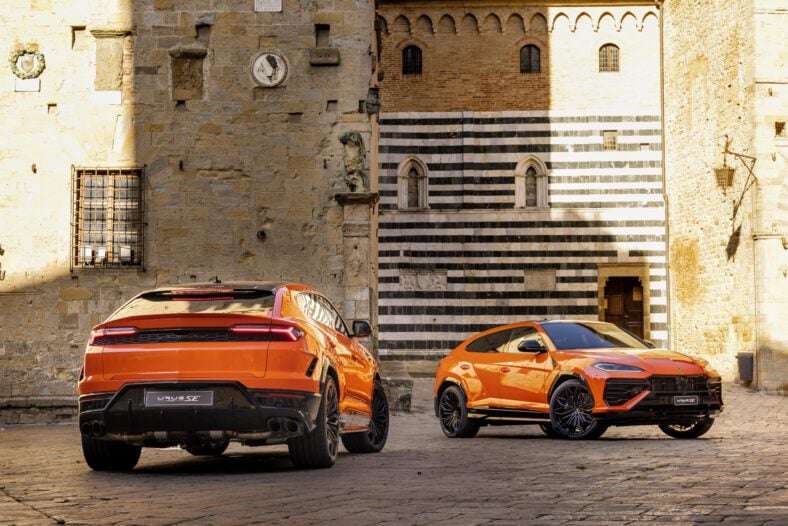
He continues, “The value of the brand is something which you can measure. And also here in very few years we have more than doubled the value of the brand, which showcases how important it is to invest in the future…. The value of the company is around €25 billion now [about $28.5 billion]. This is our estimate so far, and when it comes to what we are doing and how we are doing things, then there are two things which are important for our customers, to make it very simple: design and performance.”
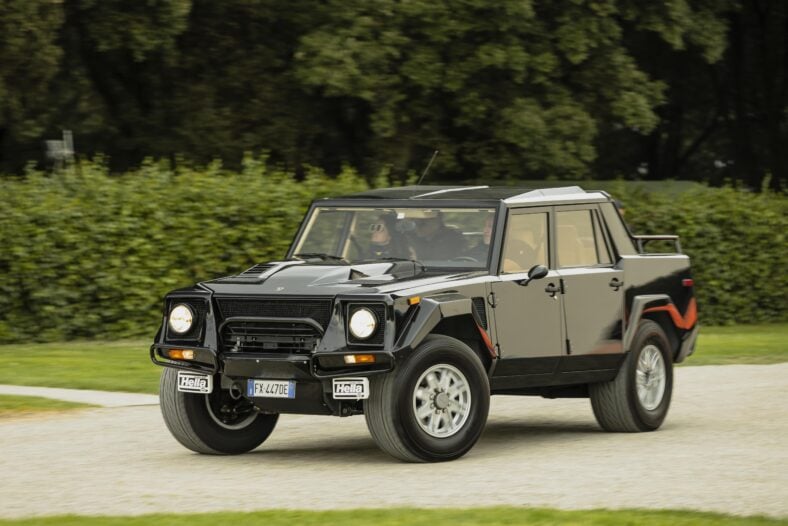
This has been true ever since Lamborghini, an “upstart” when Ferrucio Lamborghini launched the marque in 1963, debuted the Miura from 1966 as the world’s first supercar; it was the fastest production car in the world at the time. The 5.0-liter V12-powered LM002 off-roader, aka the “Rambo Lambo”, similarly shook things up when it hot the streets in 1986. A bit of an oddity at the time, but an instant cult classic, it paved the way for the Urus 30 years later.
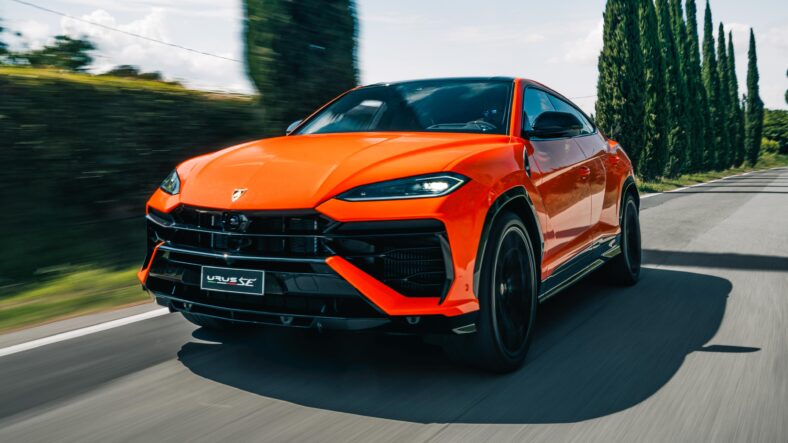
Design and performance are honed to a razor-sharp edge in the Urus SE, as we found out during an epic drive from Sant’Agata to Tuscany, along winding roads and rolling hills dotted with cypress tress and grapevines—and through a hairpin pass in the Apennine Mountains that makes up part of the route of the legendary Mille Miglia. On a stretch of flatter terrain we verified that the Urus SE can indeed bolt from zero to 62 mph in 3.4 seconds, besting its predecessor, the Urus S.
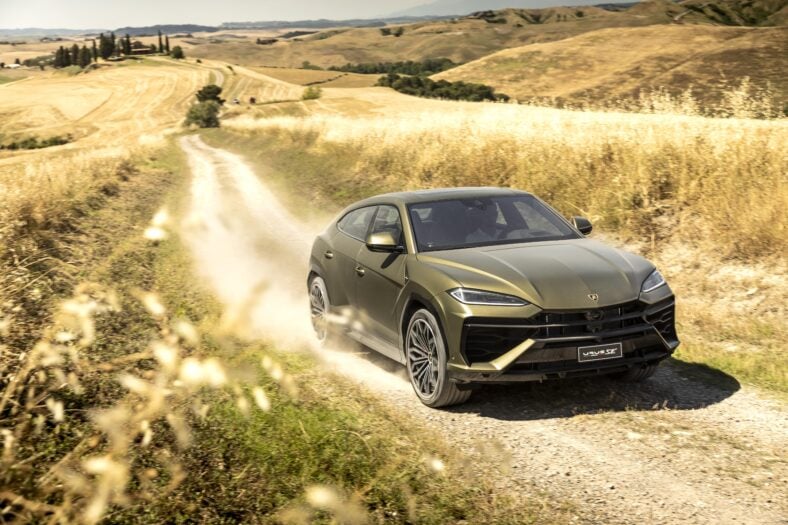
Run it up to 124 mph and you’ll shave off a full 1.3 seconds, while the top speed of 194 mph puts it firmly in supercar territory. And its range is truly remarkable, with 11 distinct driving modes: combining Strada, Sport, and Corsa for road and track, plus Neve, Sabbia, and Terra for snow, sand, and off-road conditions, with a hybrid system adding EV Drive, Hybrid, Performance, and Recharge options. If you can’t find a setting to suit your preferred driving style at any given moment, it’s no fault of the vehicle.
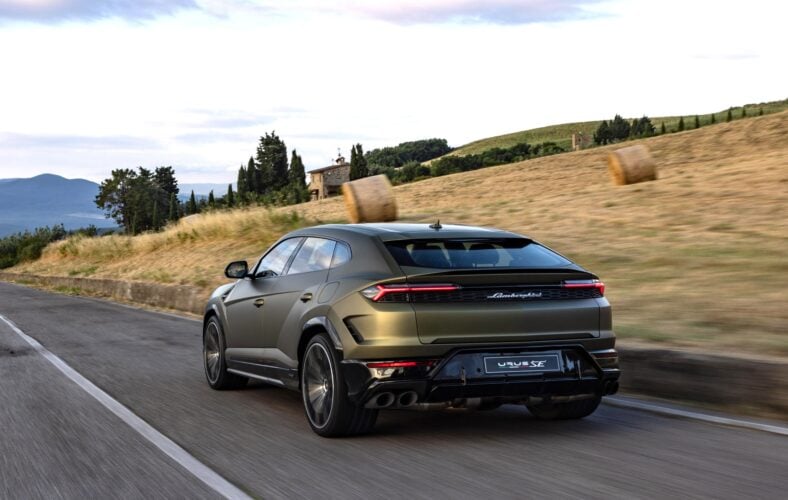
On the technical front, the centrally-located longitudinal electric torque-vectoring system, debuting in the SE, works in concert with an electronic limited-slip differential to enable controlled oversteer, a characteristic typically reserved for supercars. The system adapts to various driving surfaces, whether negotiating track curves, traversing desert terrain, or dealing with icy roads in winter. The goal of Lamborghini’s engineers was hitting the right balance of “precise and playful”.
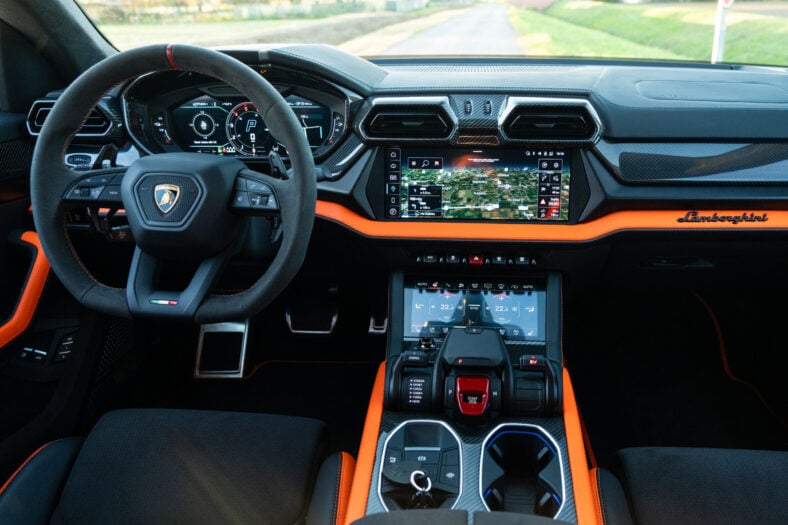
The SE’s aesthetic modifications enhance both visual appeal and aerodynamic efficiency. The redesigned rear cargo hatch and updated hood with floating design elements contribute to a 35% increase in rear downforce while improving cooling for the engine and brakes. The leather-swathed interior is also a masterful evocation of the marque’s spaceship-like supercars, adapted for any terrain, any time, with an updated digital instrument cluster and an enlarged 12.3-inch Human Machine Interface.

The pressure is on to keep the Urus on the cutting edge, as it has become the cornerstone of the brand’s commercial success, accounting for approximately 60% of Lamborghini’s total annual production. In 2023 alone, the brand delivered 5,900 Urus models, and in Sant’Agata approximately 30 Urus vehicles take shape daily through a process that balances cutting-edge manufacturing with traditional Italian craftsmanship. Each vehicle requires extensive hand assembly, reflecting the brand’s commitment to artisanal quality even at scale.
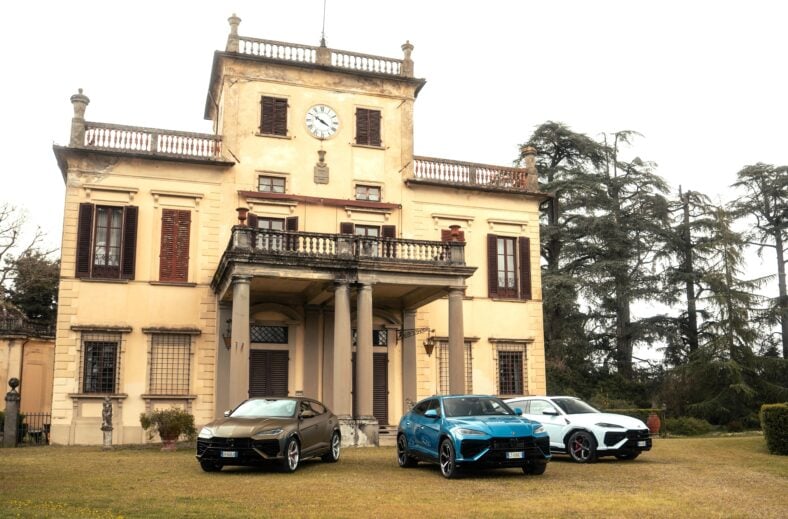
Perhaps more significantly, the Urus has expanded Lamborghini’s customer base in unanticipated ways. In fact, 70% of Urus buyers now represent first-time Lamborghini customers, suggesting that the super-SUV concept has unlocked all-new demographics. This influx of new clientele has enabled Lamborghini to expand its production capabilities and strengthen its position in the market. It might represent the entry point to Lamborghini ownership for many customers, but also a starting point as well for future devotees.
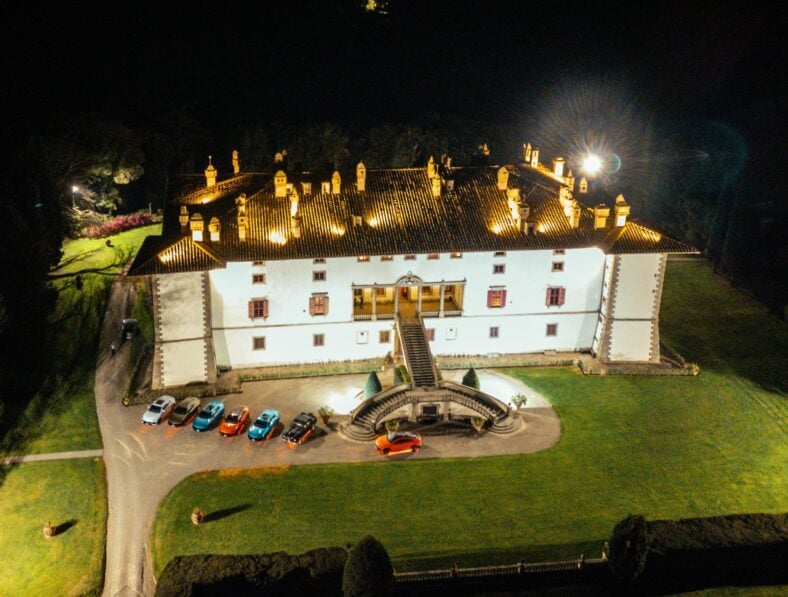
The Urus SE manifests Lamborghini’s evolution from a niche supercar manufacturer to a full-spectrum luxury performance brand. It demonstrates that environmental responsibility and thrilling performance need not be mutually exclusive, while maintaining the emotional connection that defines the Lamborghini experience. If you have the means to join the waiting list, it’s safe to say your patience will be very handsomely rewarded when the time comes.




